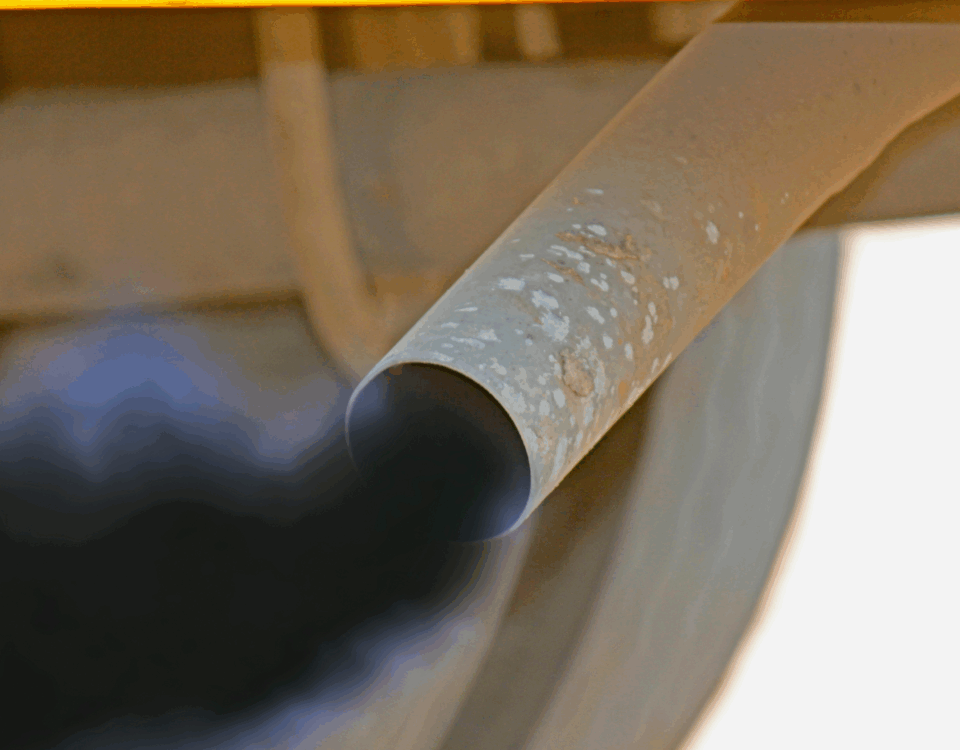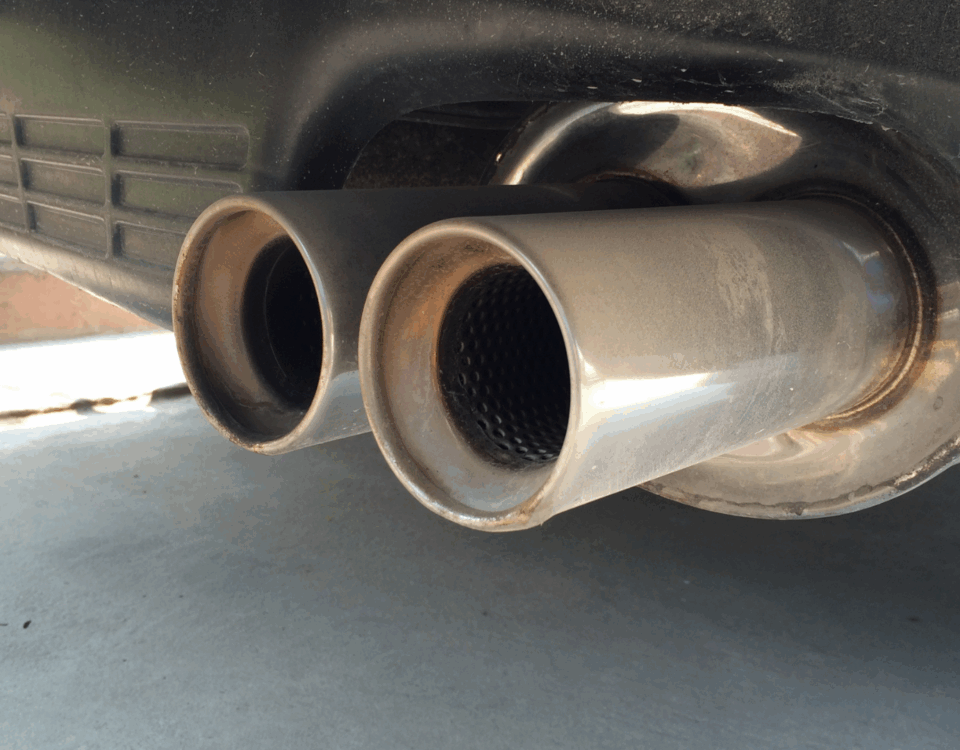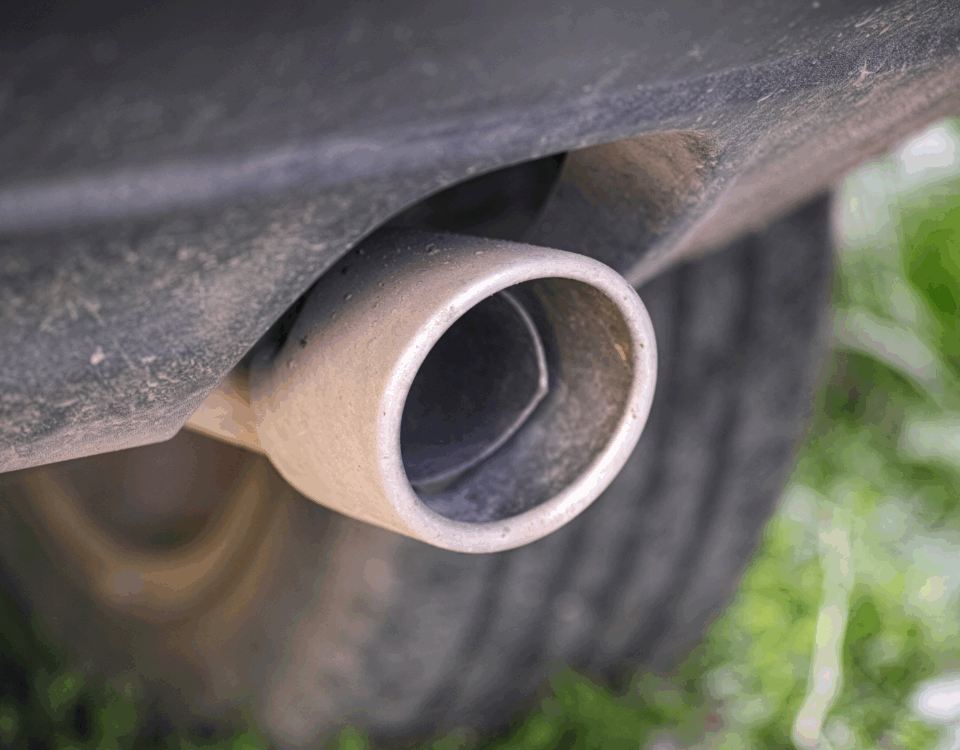The Process Behind Smog Tests: How They Work
November 4, 2024Understanding the Equipment Used at Smog Inspection Stations
November 4, 2024Understanding what goes on during a smog check can be incredibly helpful, especially if you’re a vehicle owner concerned with maintaining emissions standards. Smog inspection station rely on specialized equipment to analyze vehicle emissions, ensuring compliance with environmental regulations. This guide explores the critical tools used in smog inspection stations, how they operate, and why each piece of equipment plays a vital role in the inspection process.
Gas Analyzer: The Core of Smog Inspection Station Testing
The gas analyzer is one of the most crucial pieces of equipment in any smog inspection station. This device measures specific gases emitted by a vehicle, including carbon monoxide (CO), carbon dioxide (CO2), hydrocarbons (HC), and nitrogen oxides (NOx). These gases are significant contributors to air pollution and can indicate the overall health of a vehicle’s engine and exhaust system.
The gas analyzer works by pulling a sample of exhaust gases from the vehicle’s tailpipe. These gases are then processed through sensors that detect the chemical composition and concentration. The gas analyzer provides precise readings, allowing the technician to determine if the vehicle meets the emissions standards set by regulatory authorities. Since most emissions testing is legally required, the gas analyzer is a mandatory tool for verifying compliance, ensuring that only low-polluting vehicles are allowed on the road.
Dynamometer: Simulating Real-World Driving Conditions at Smog Inspection Stations
Another essential piece of equipment in smog inspection stations is the dynamometer. A dynamometer is used to simulate real-world driving conditions, especially in areas where emissions standards are stringent. This equipment is essentially a set of rollers on which the vehicle’s wheels sit, allowing the car to “drive” without actually moving. As the vehicle’s engine runs and the wheels spin on the dynamometer, the gas analyzer simultaneously measures emissions under different speeds and loads.
The dynamometer provides a more accurate reflection of how a vehicle emits gases during regular driving, as opposed to simply idling. This equipment is especially important for older cars, which may release more pollutants when operating under stress. By replicating real-world conditions, the dynamometer enables a more thorough smog inspection, ensuring that vehicles remain eco-friendly not just at idle but during everyday driving.
Onboard Diagnostic (OBD) Scanner: Accessing the Vehicle’s Emission Data
Modern vehicles are equipped with onboard diagnostic systems that store information about the car’s performance, including emissions-related data. At smog inspection stations, technicians use OBD scanners to connect to a vehicle’s onboard computer, accessing vital data that can reveal potential emissions issues. The OBD scanner checks for diagnostic trouble codes (DTCs) that indicate problems with various engine components, such as the catalytic converter, oxygen sensors, and fuel injection system.
The OBD scanner has become increasingly important as emissions standards have evolved to include more specific data about vehicle performance. With an OBD scan, the technician can quickly detect issues without performing invasive tests, saving time and helping vehicle owners avoid costly repairs. Since the OBD system monitors emissions in real-time, it ensures that the vehicle meets standards consistently, not just at inspection time.
Smoke Meter: Measuring Particulate Emissions in Diesel Vehicles
Diesel vehicles produce particulate matter, commonly referred to as “soot,” which contributes to air pollution and can harm respiratory health. To measure these particles, smog inspection stations use smoke meters. The smoke meter measures the density of exhaust particles by passing light through the exhaust gas and detecting how much light is absorbed by the particulates.
For diesel vehicles, the smoke meter plays a vital role in maintaining air quality standards. This equipment ensures that even though diesel engines naturally produce more particulates, they do not exceed acceptable limits. Regular testing with smoke meters helps reduce the health risks associated with diesel exhaust, making it a critical component in smog inspection stations where diesel vehicles are tested.
In summary, smog inspection station utilize advanced equipment to measure, diagnose, and verify vehicle emissions, ensuring environmental standards are met. From gas analyzers and dynamometers to OBD scanners and smoke meters, each tool has a specialized role in maintaining cleaner air and safer roads. Understanding the functions of these essential tools gives vehicle owners insight into the inspection process and reinforces the importance of keeping vehicles well-maintained and compliant with emissions regulations.
Read More:
What Equipment is Used at Smog Inspection Stations?
Understanding the Equipment Used at Smog Inspection Stations





